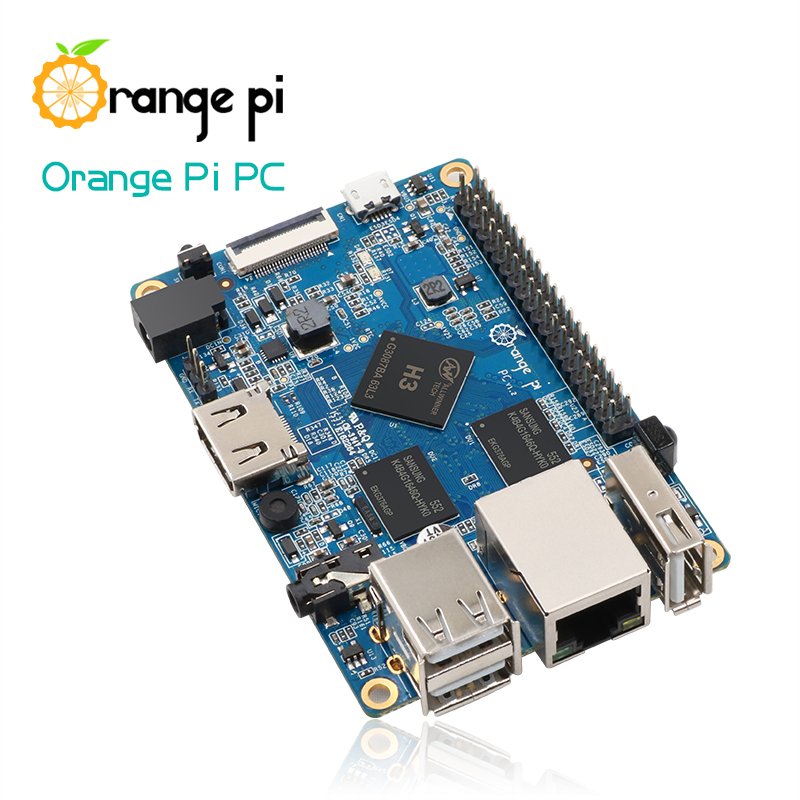This is a guest blog post from one of our valued community members, Marek Belisko, on porting the Mender over-the-air software update solution to the Orange Pi.
This blog is a short summary about porting Mender to a new hardware platform, the Orange Pi. Mender officially supports the hardware platforms Raspberry Pi and the BeagleBone Black as reference devices. I read about Mender a few months ago as an open source alternative for OTA updates and I browsed their webpage and chose to try it. I have worked with a few update systems, both open source and proprietary solutions. Given Mender’s permissive open source license for both the management server and client, I can use it on my upcoming projects.
After some months, I was regularly browsing the Mender documentation and asked for support with some issues on the Mender mailing list. I have a regular full-time job, but for recreation (and increasing my knowledge), I’m doing some tasks a few evenings a week. A few weeks ago, I created a simple Yocto build for Orange Pi PC Plus board. I used an existing layer to add support for the new hardware and added the driver for WiFi and that was basically it.  After finishing this, I was asked if I can try to port the Mender client to the Orange Pi PC Plus board. Since Mender directly integrates to the Yocto build system (which I’m using/hacking almost on a daily basis), I thought that it should not be a big challenge to port.
After finishing this, I was asked if I can try to port the Mender client to the Orange Pi PC Plus board. Since Mender directly integrates to the Yocto build system (which I’m using/hacking almost on a daily basis), I thought that it should not be a big challenge to port.
When I read the Mender documentation, I was impressed that it was really well structured and clean so I can get a quick and intuitive overview. As a starting point, I’ve added meta-mender to the orange-pi-distro and adapt local.conf according to the documentation. Luckily, the Orange Pi is already supported by mainline u-boot and kernel. Also by coincidence, I started to port a few days after Christmas by using Mender 1.3 which automated u-boot patching. I must admit it works very fine for my case. I did no manual (hand-editing) u-boot patching, only a small change in Makefile to have the env tools build properly. When I ran the build, it was nearly finished without problems but everything cannot be so smooth -- there appeared to be one issue with creating the image for the SD card using wic tool (Yocto tool for creating images). The error was very strange and admittedly I spent a lot of time trying to find the root cause of the issue. After few hours of getting nowhere, I asked for support on the Mender community mailing list. I got a few pointers and after a few attempts, I had working the SD card image which I burned, but unfortunately didn't boot.
The problem was the first stage bootloader must be stored directly in the SD card and not in the boot partition. I asked another question on the mailing list (when I read the documentation properly it was already written there ;) ). I got a reply really quickly and after a few attempts I had a bootable SD card which booted and Mender was up and running. The next step will be to check the Mender functionality by using dummy updates. For that, I signed up for the beta of Hosted Mender and look forward to test OTA updates by using Mender. This is my brief story how I ported Mender to a new board. For my work, there is already a pending pull request on GitHub.
It was really a pleasure to work with the Mender community!
Just as a side note, some words about me: I’m a freelance developer with a passion to hack Linux devices from u-boot, kernel to applications (C, C++, shell scripting) and I also like hacking Yocto. This is my personal webpage.
Marek
Recent articles
Failed lifecycle management is unacceptable in FDA and MDR compliance
The struggle to reach global markets for medical device manufacturers: The importance of international compliance
The differences between the US FDA’s device approval process and the EU’s medical device regulation (MDR): An essential dual-compliance framework for global manufacturers
Learn why leading companies choose Mender
Discover how Mender empowers both you and your customers with secure and reliable over-the-air updates for IoT devices. Focus on your product, and benefit from specialized OTA expertise and best practices.



